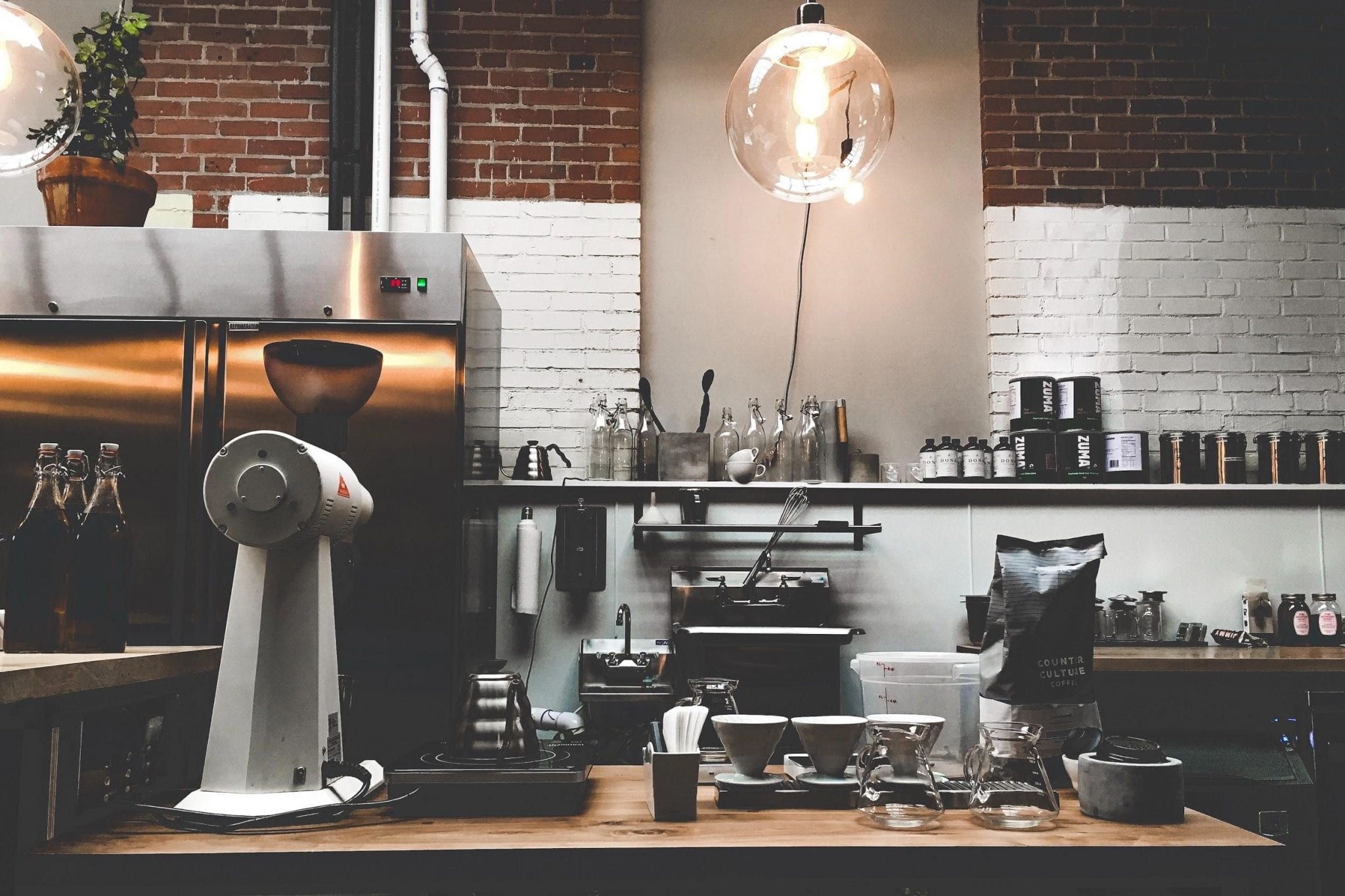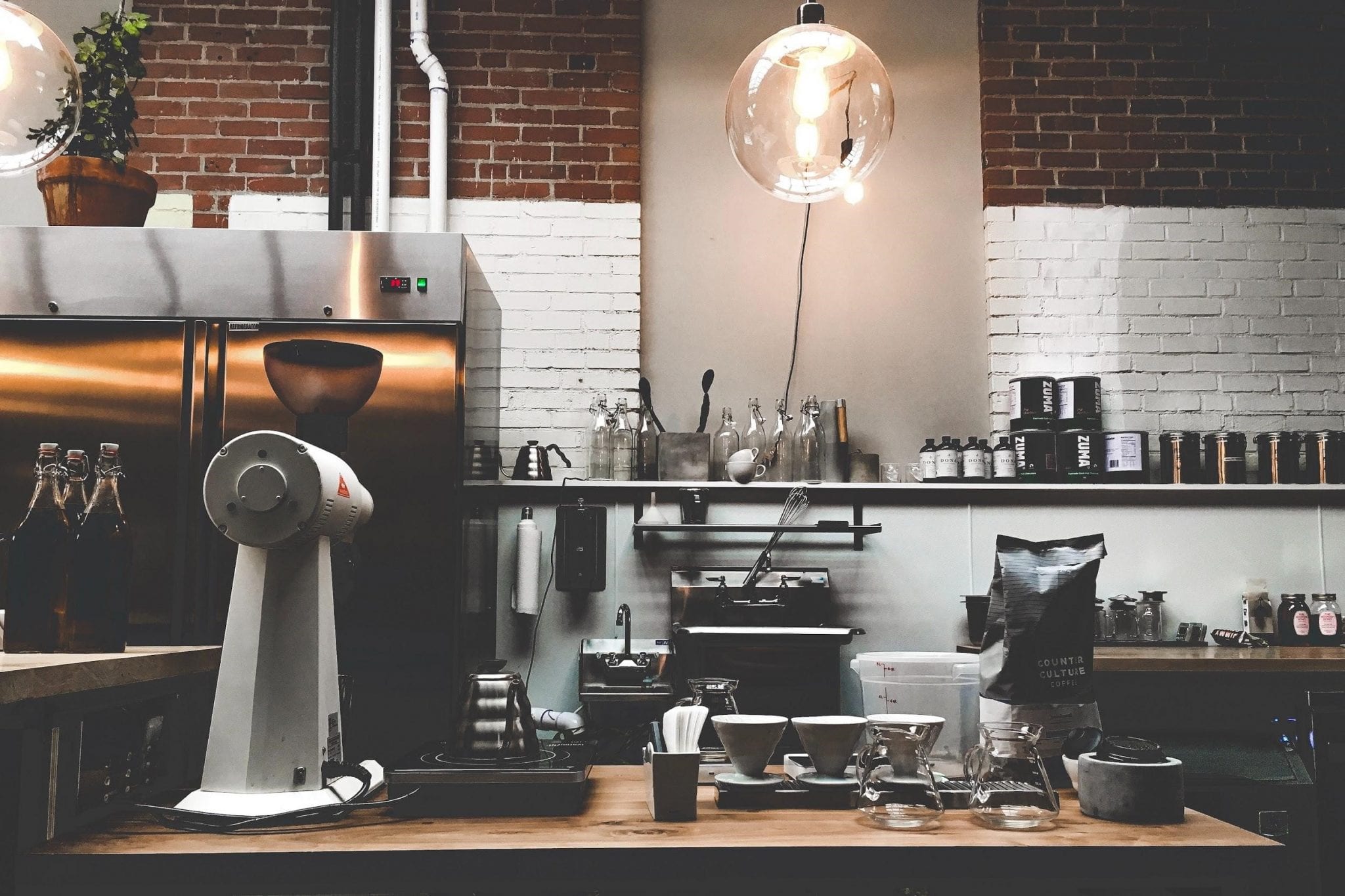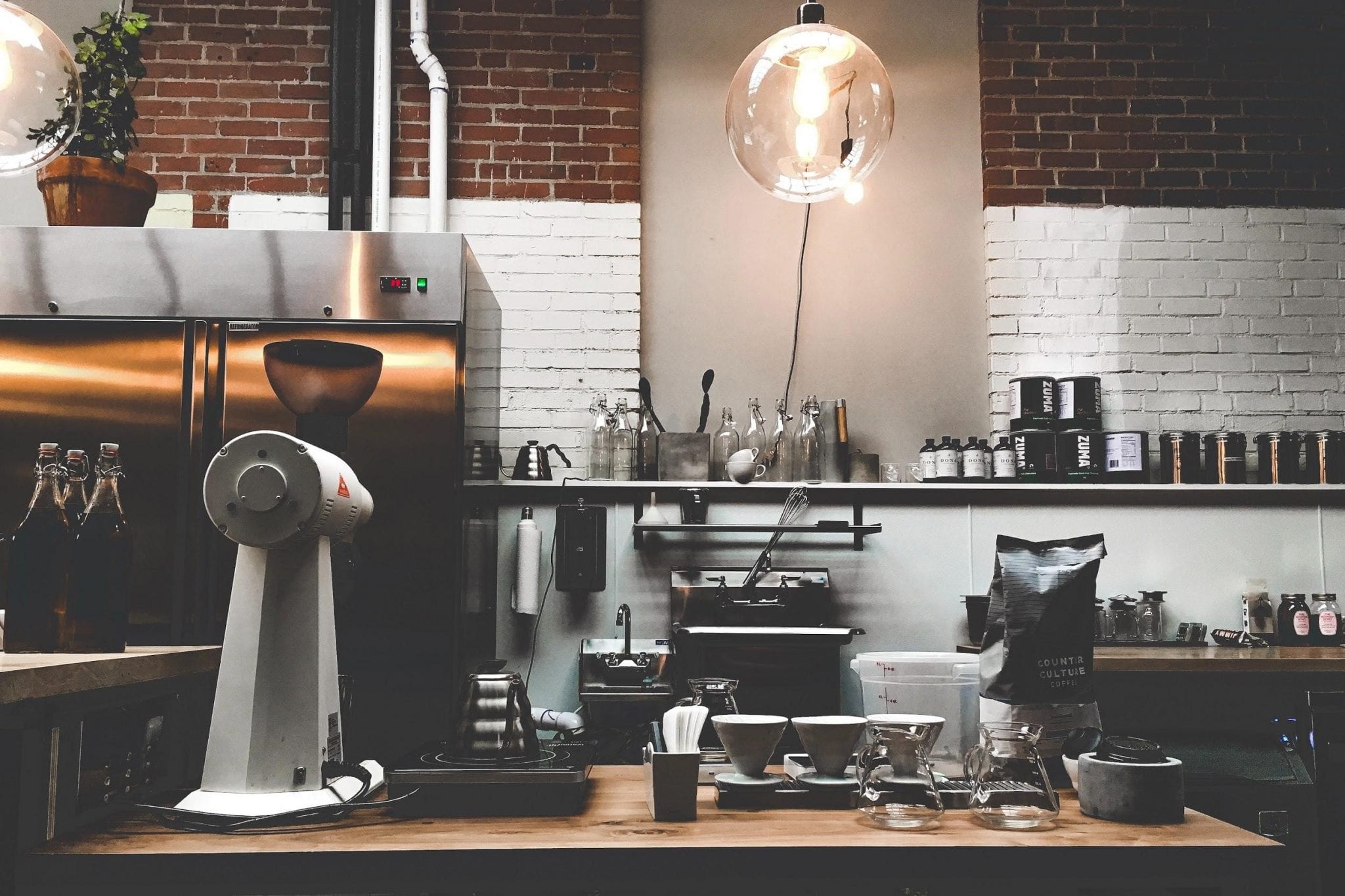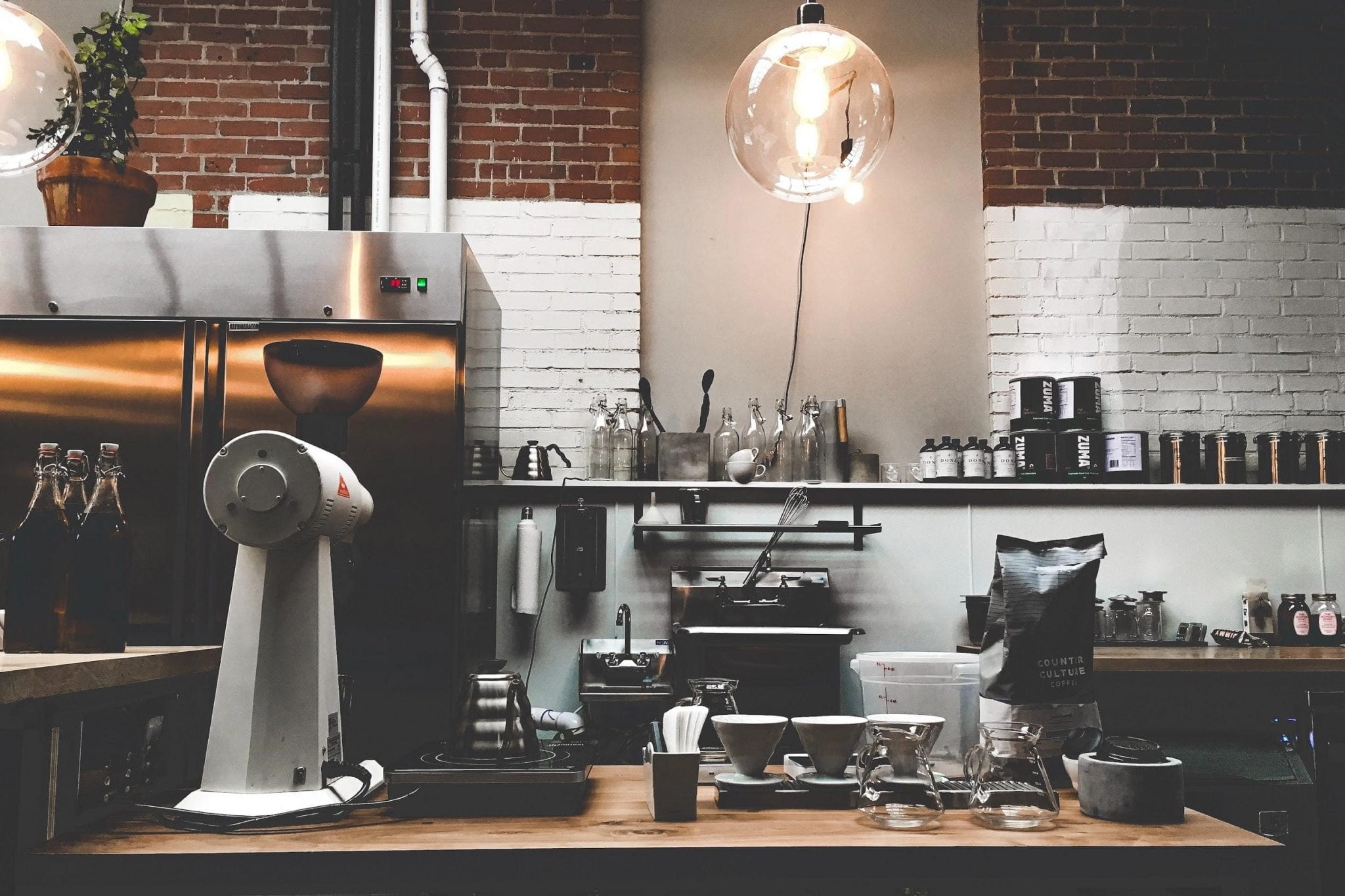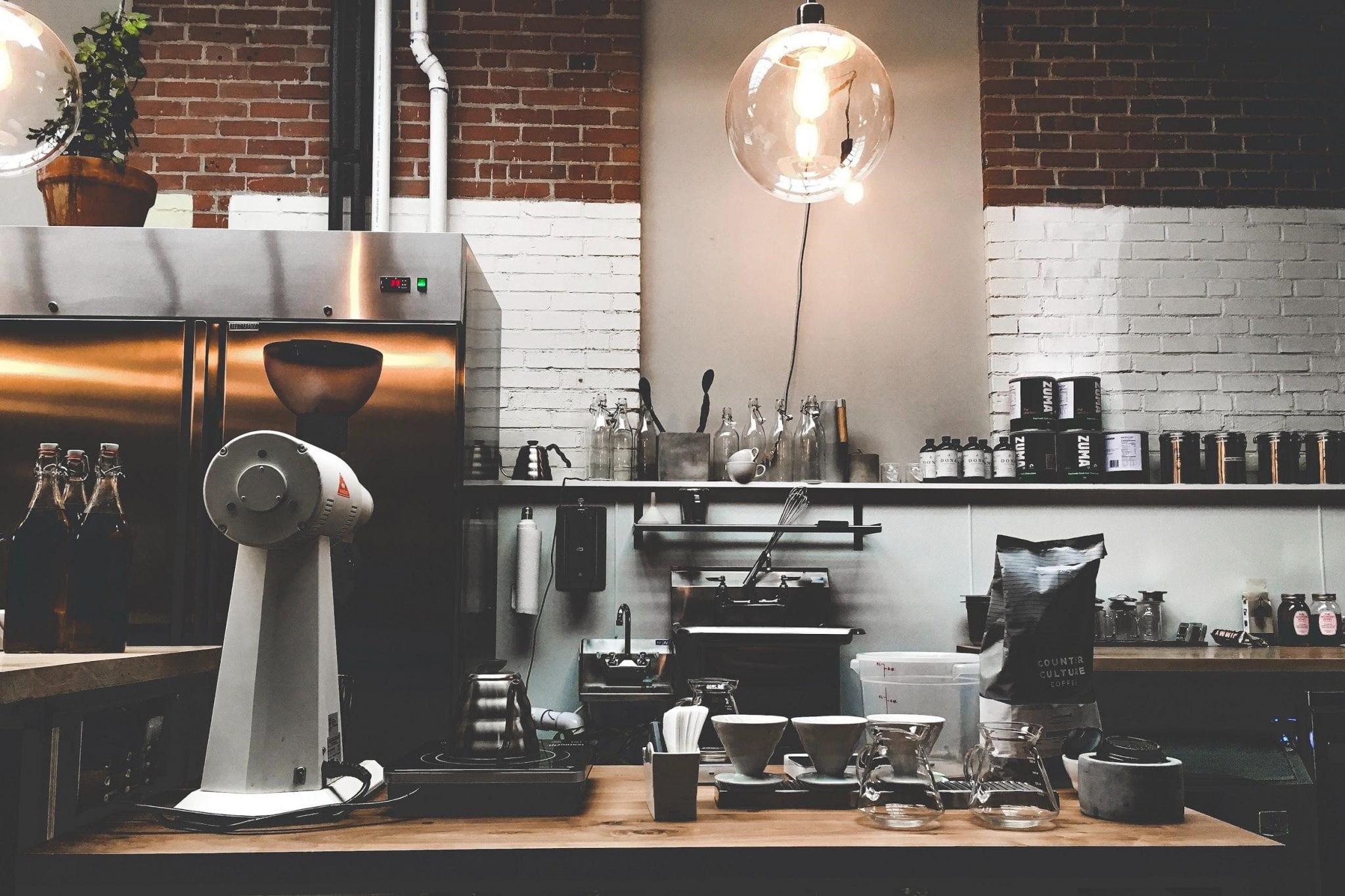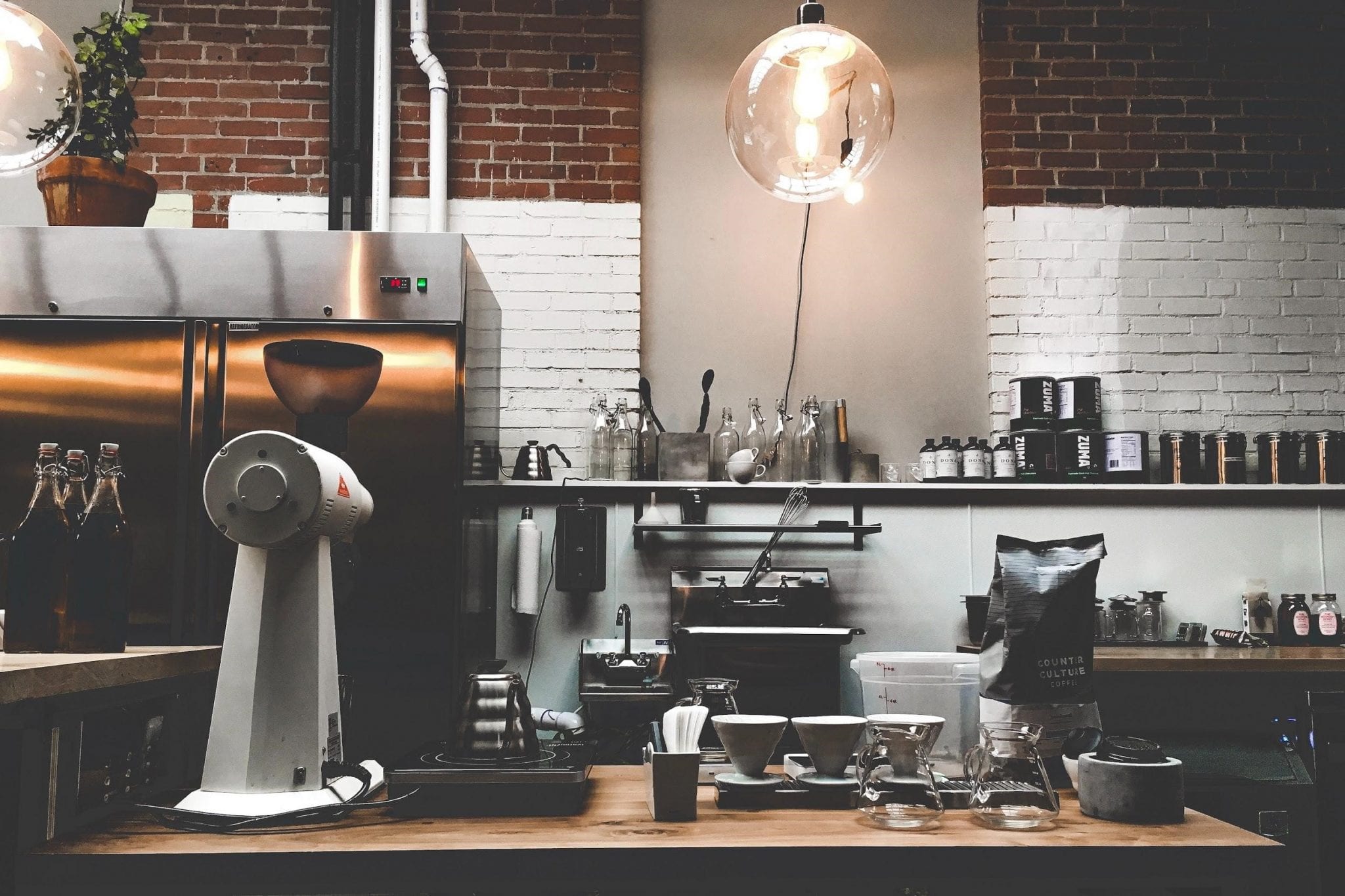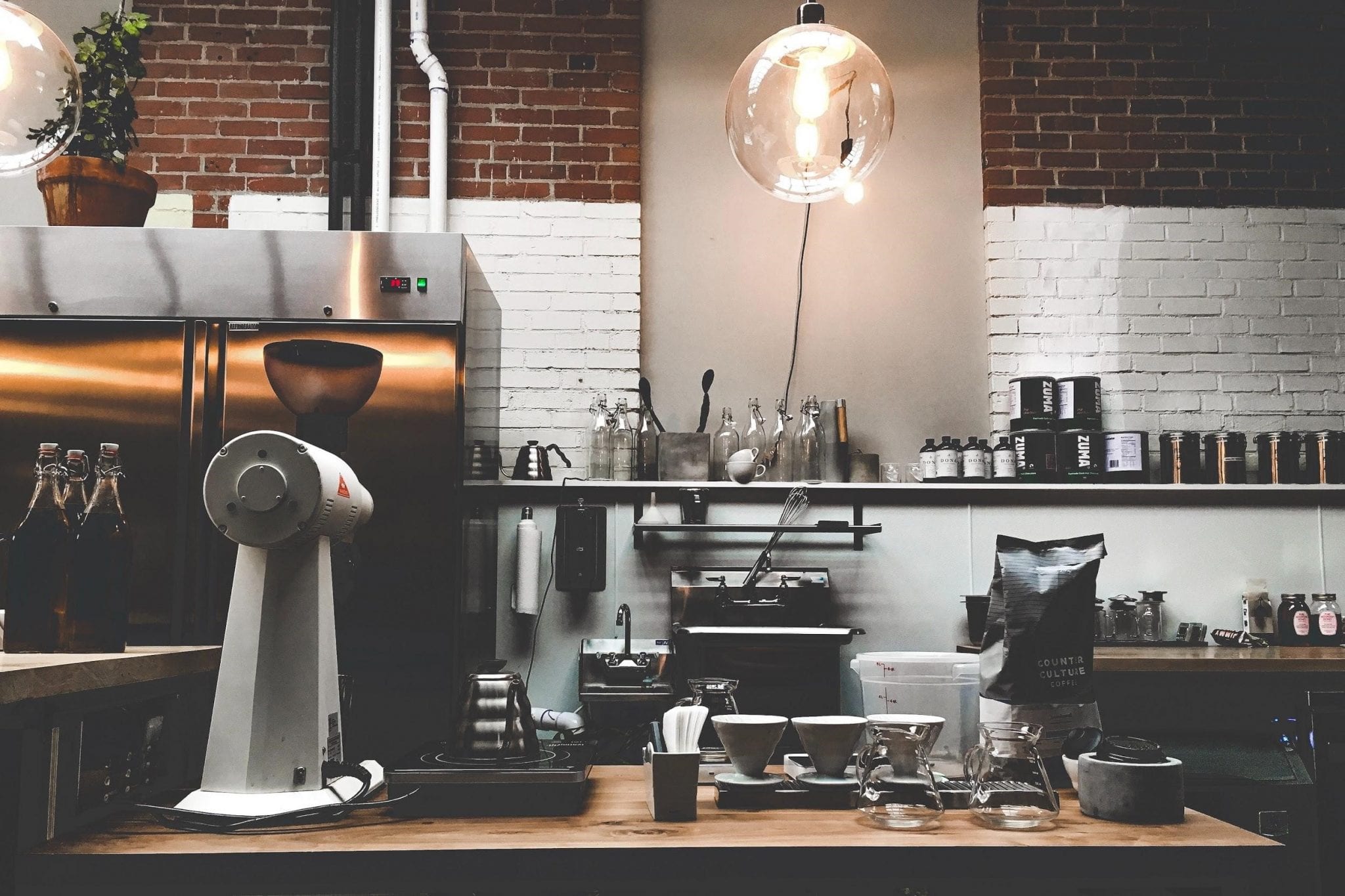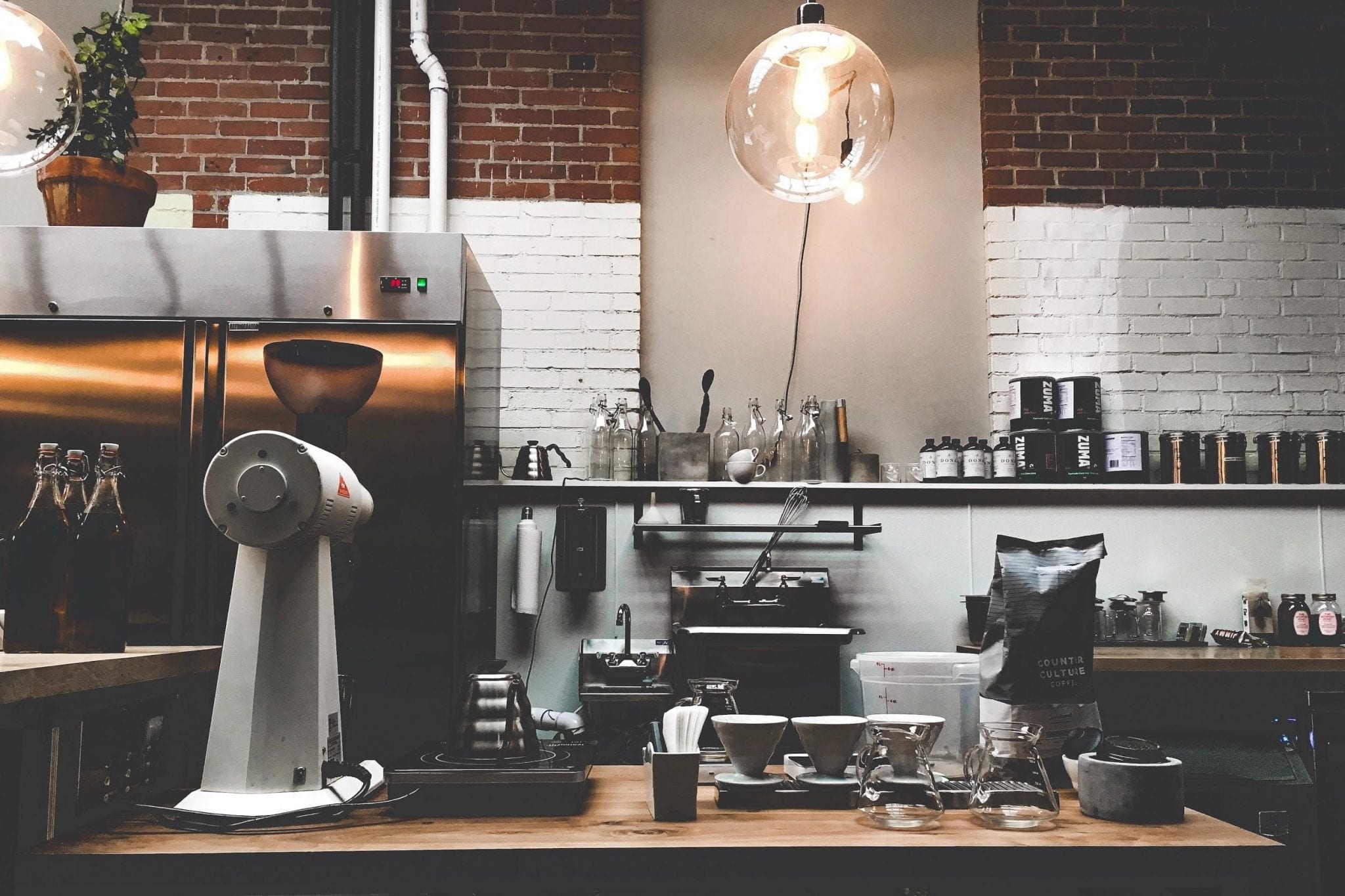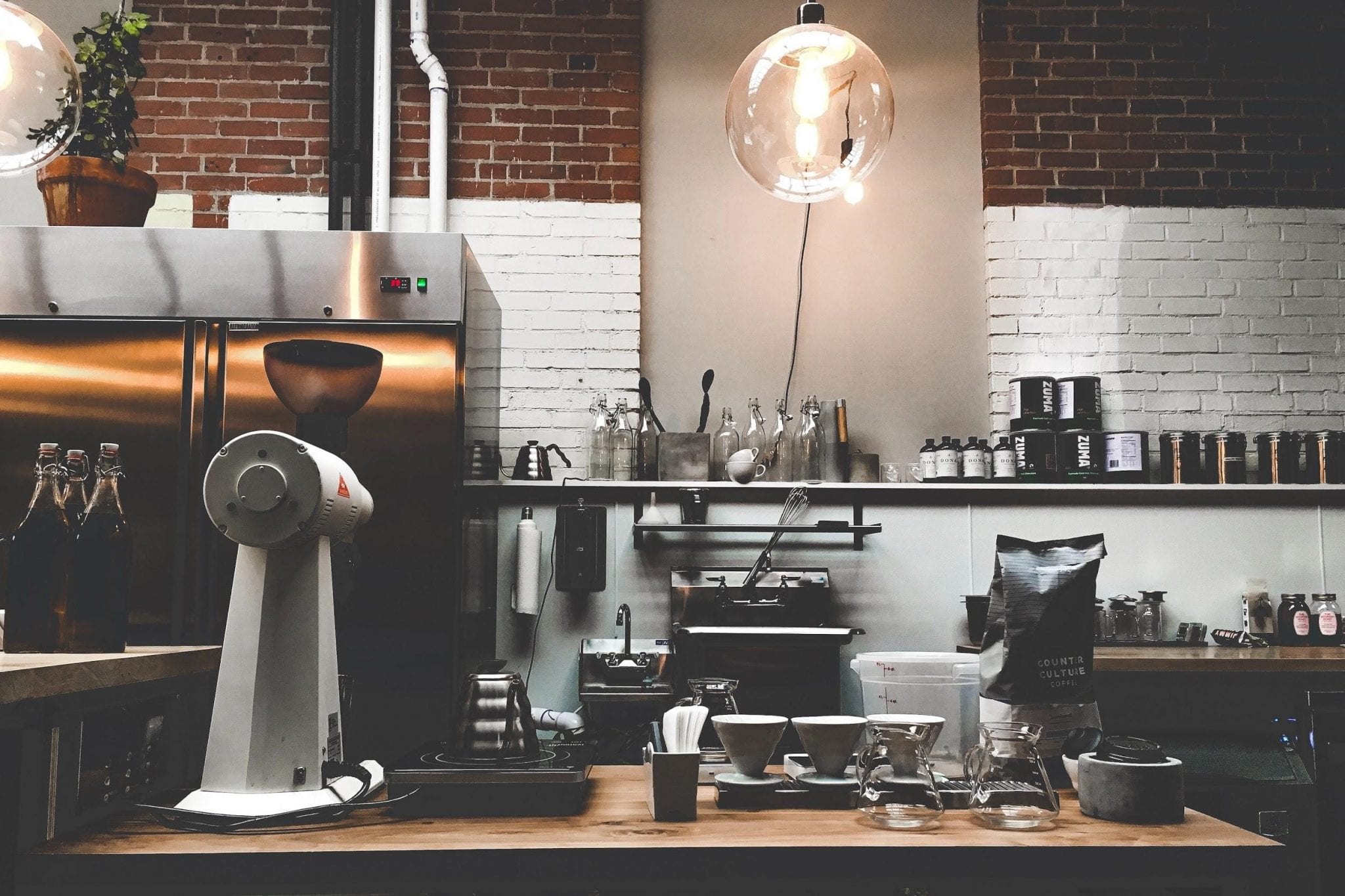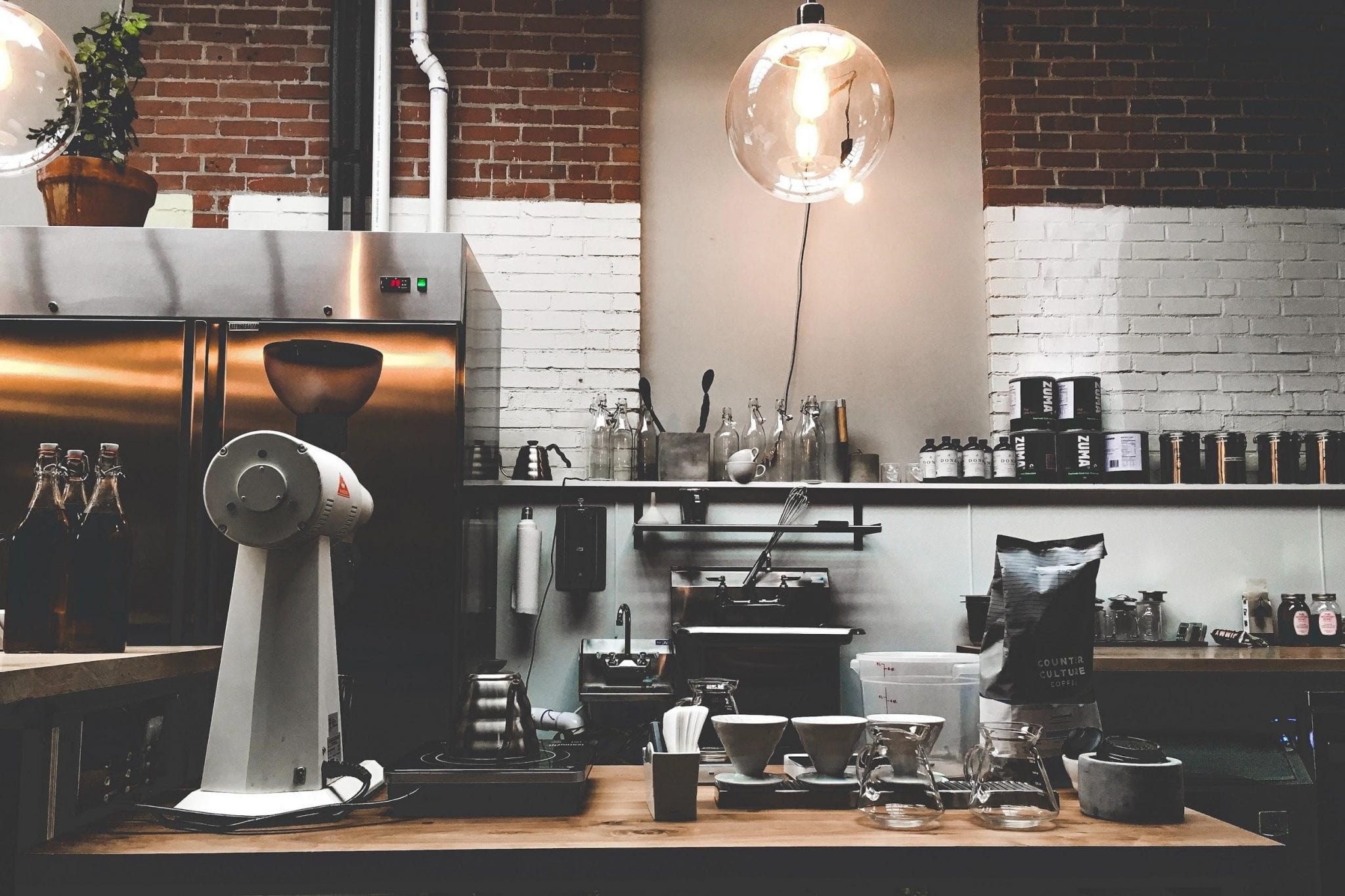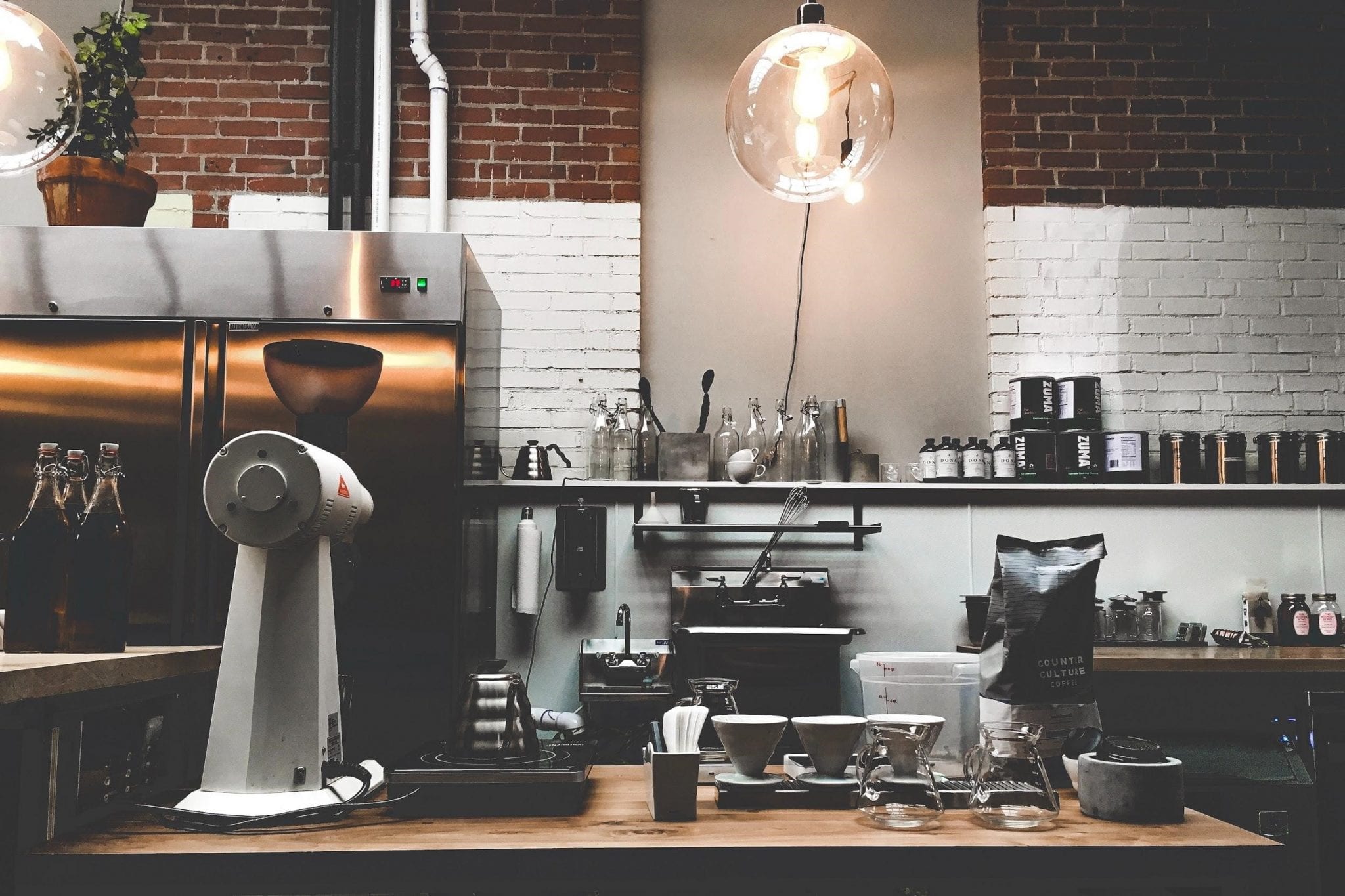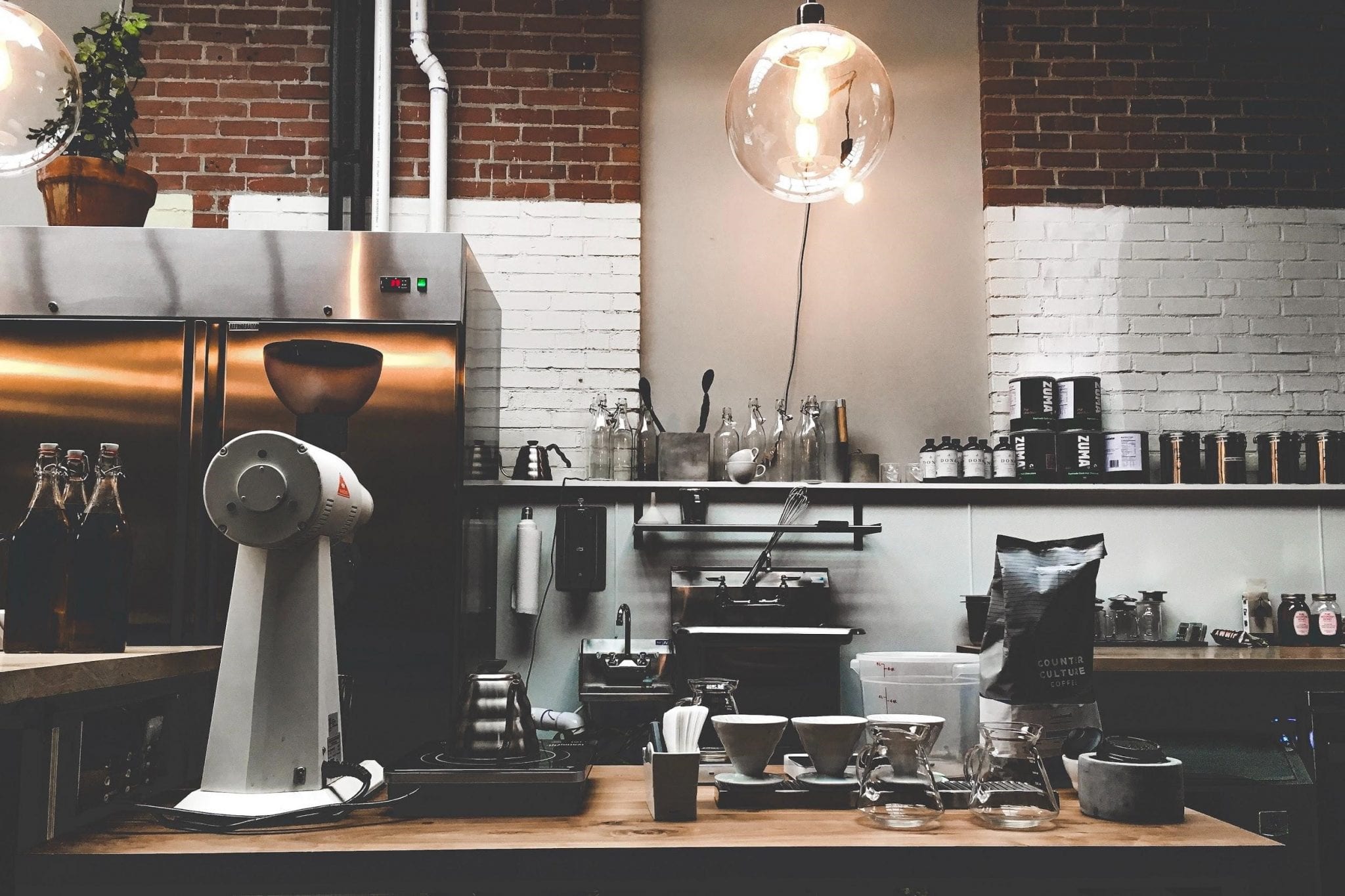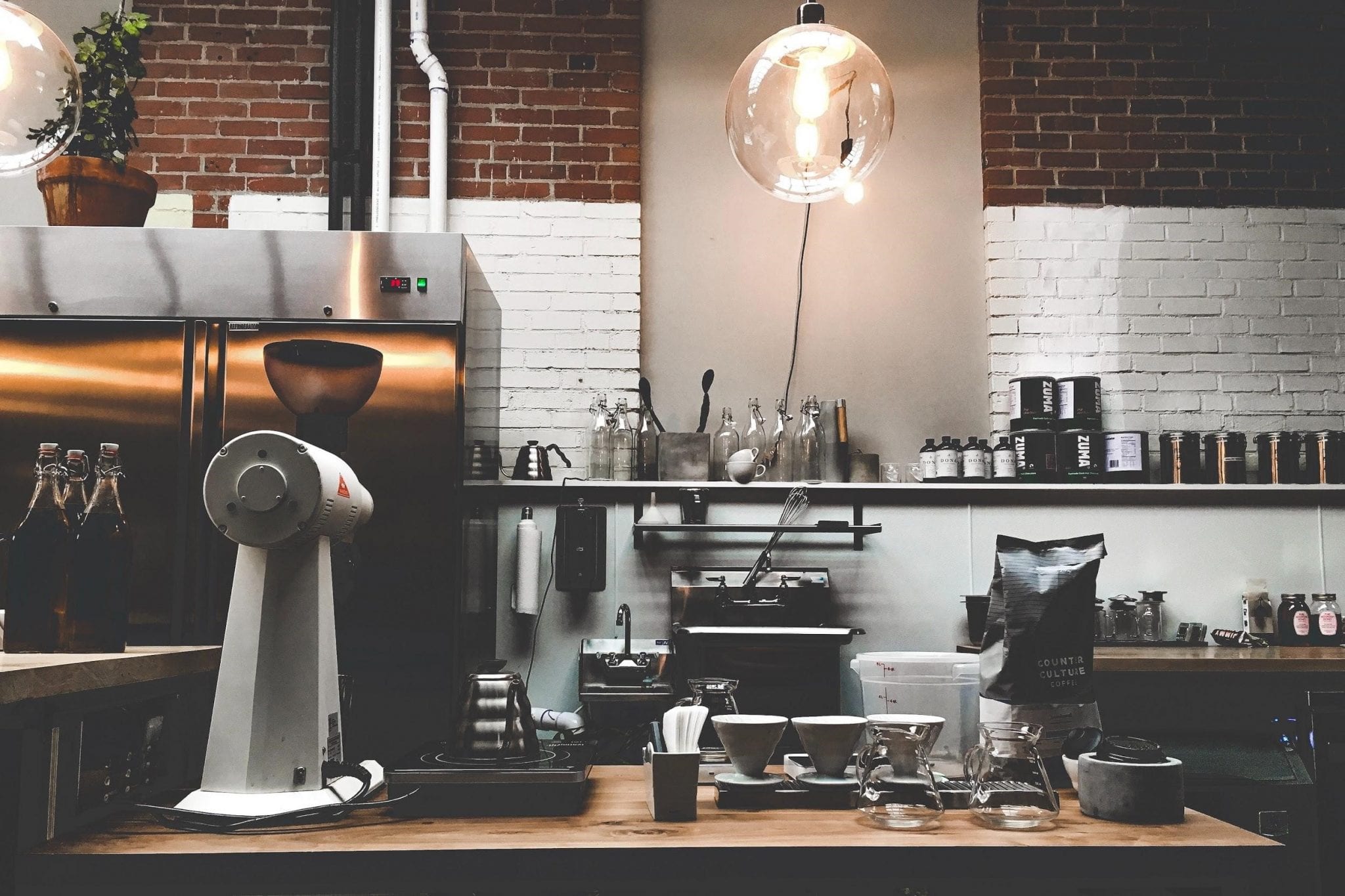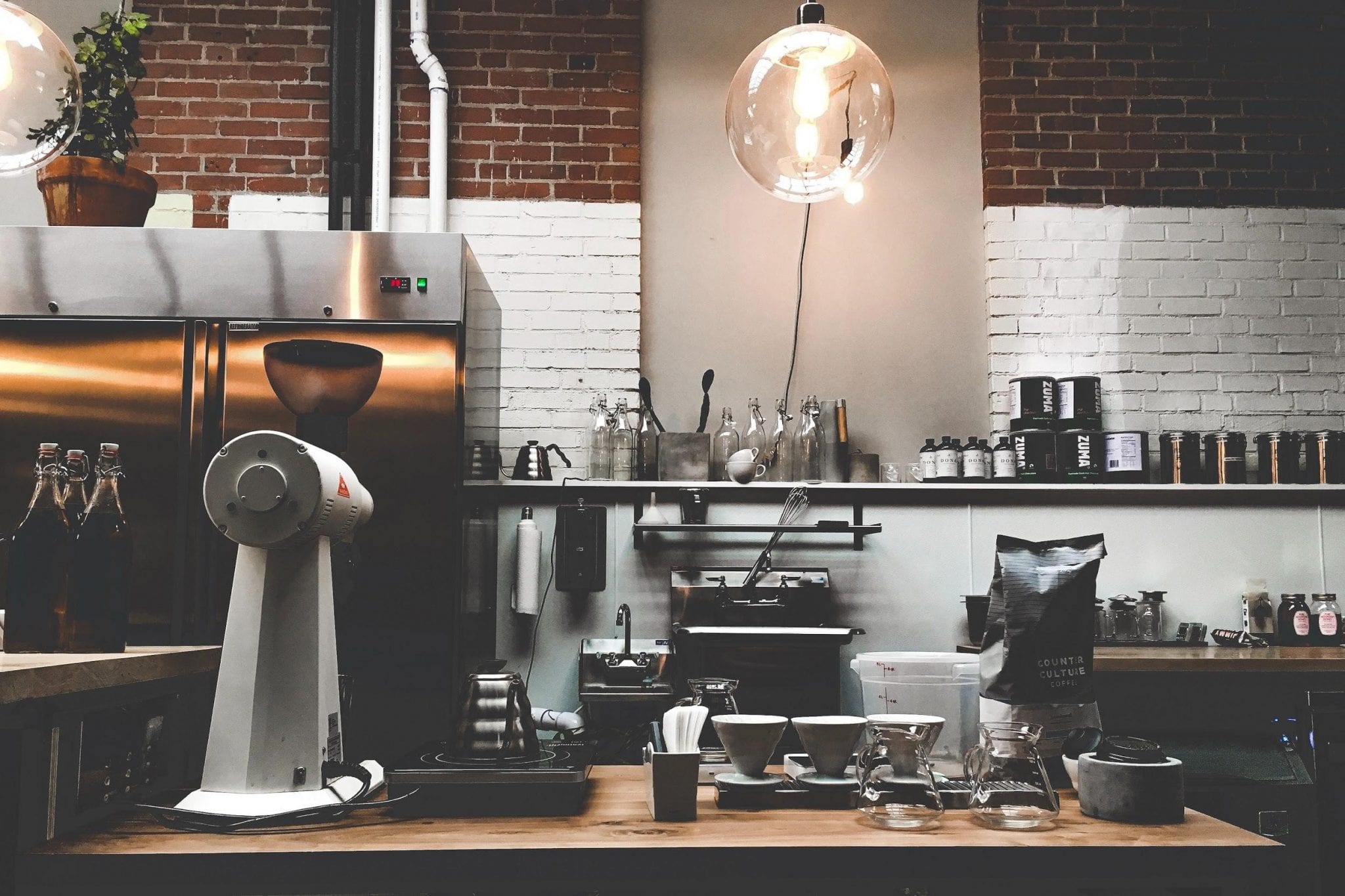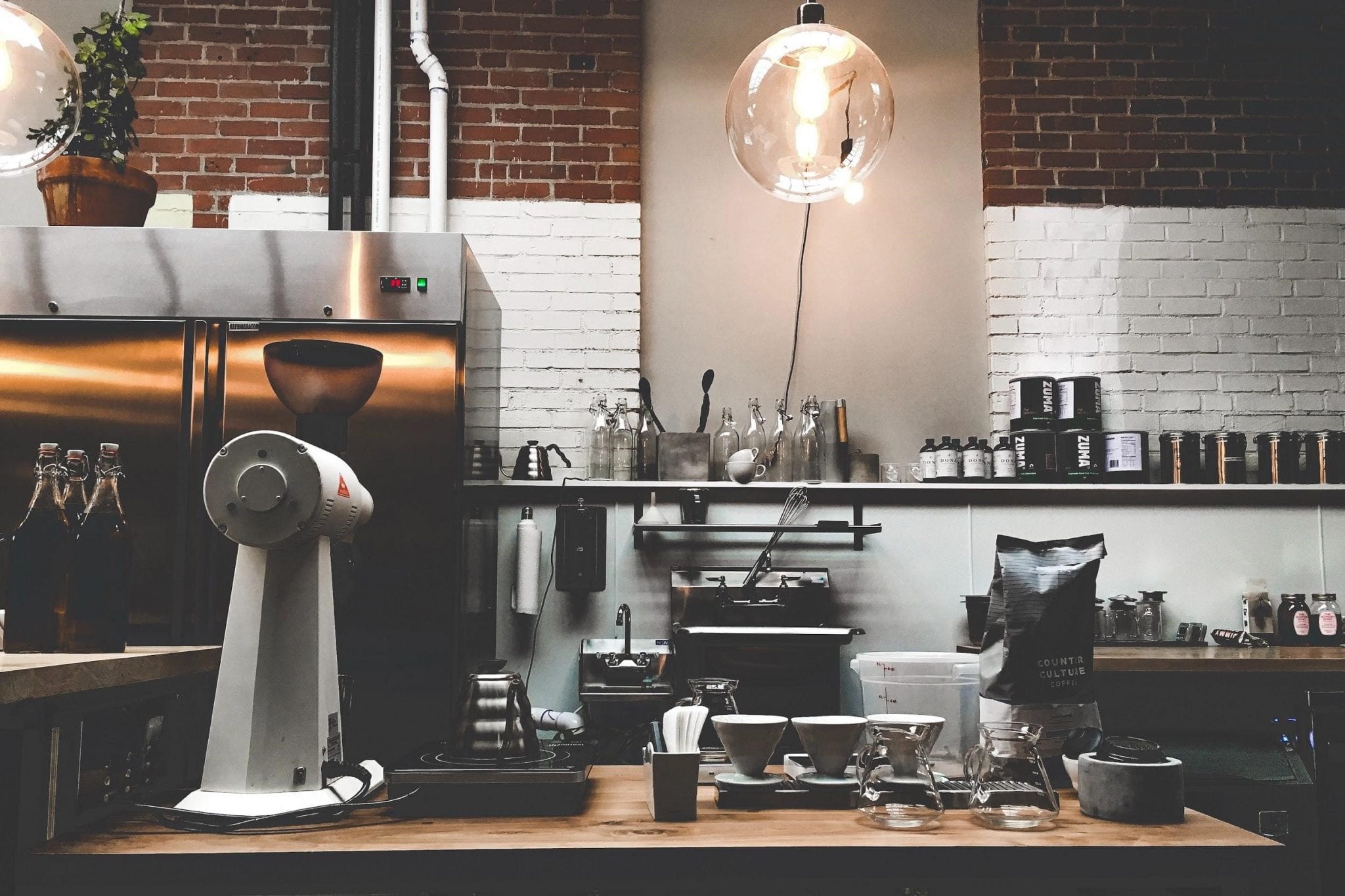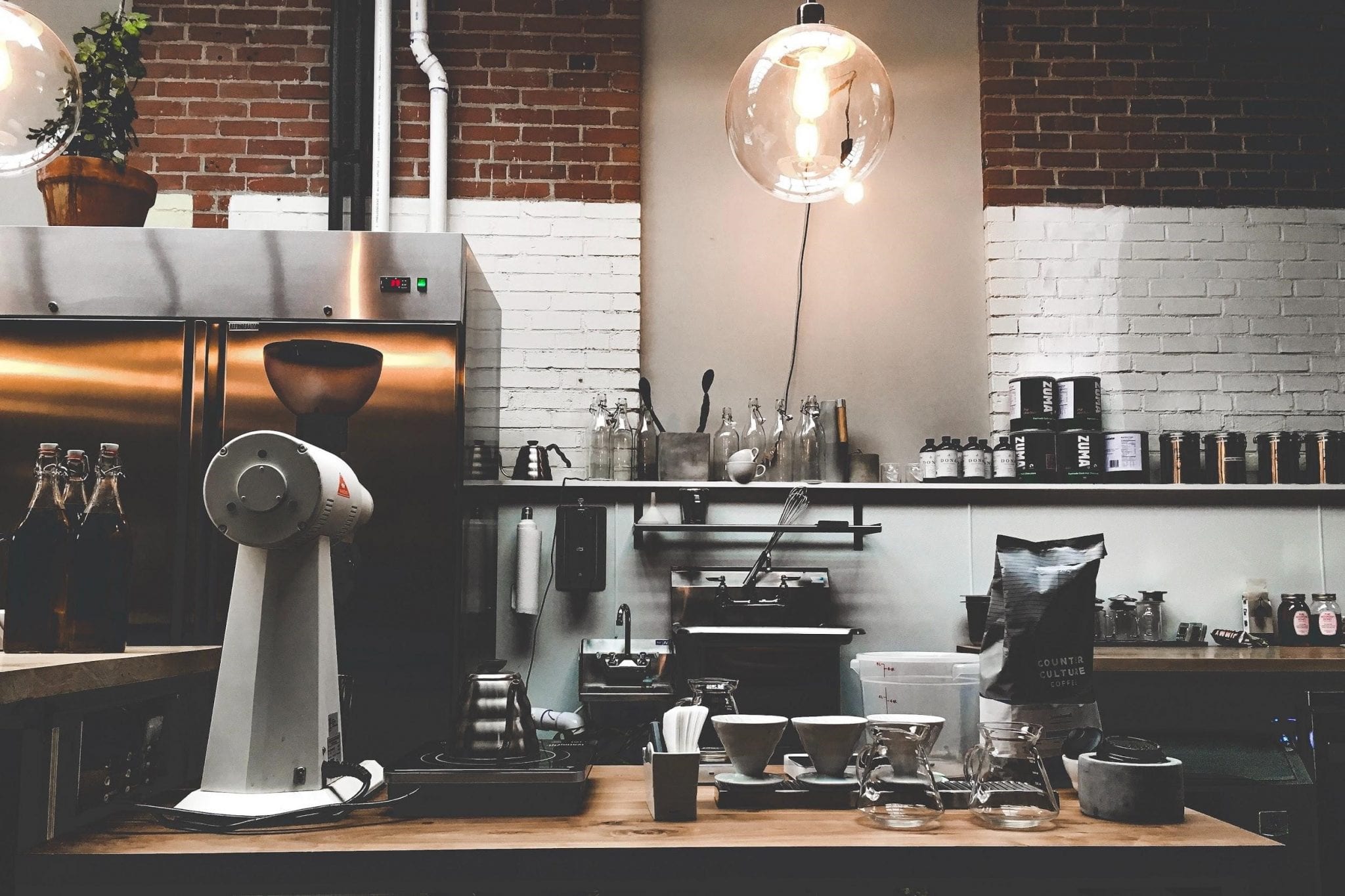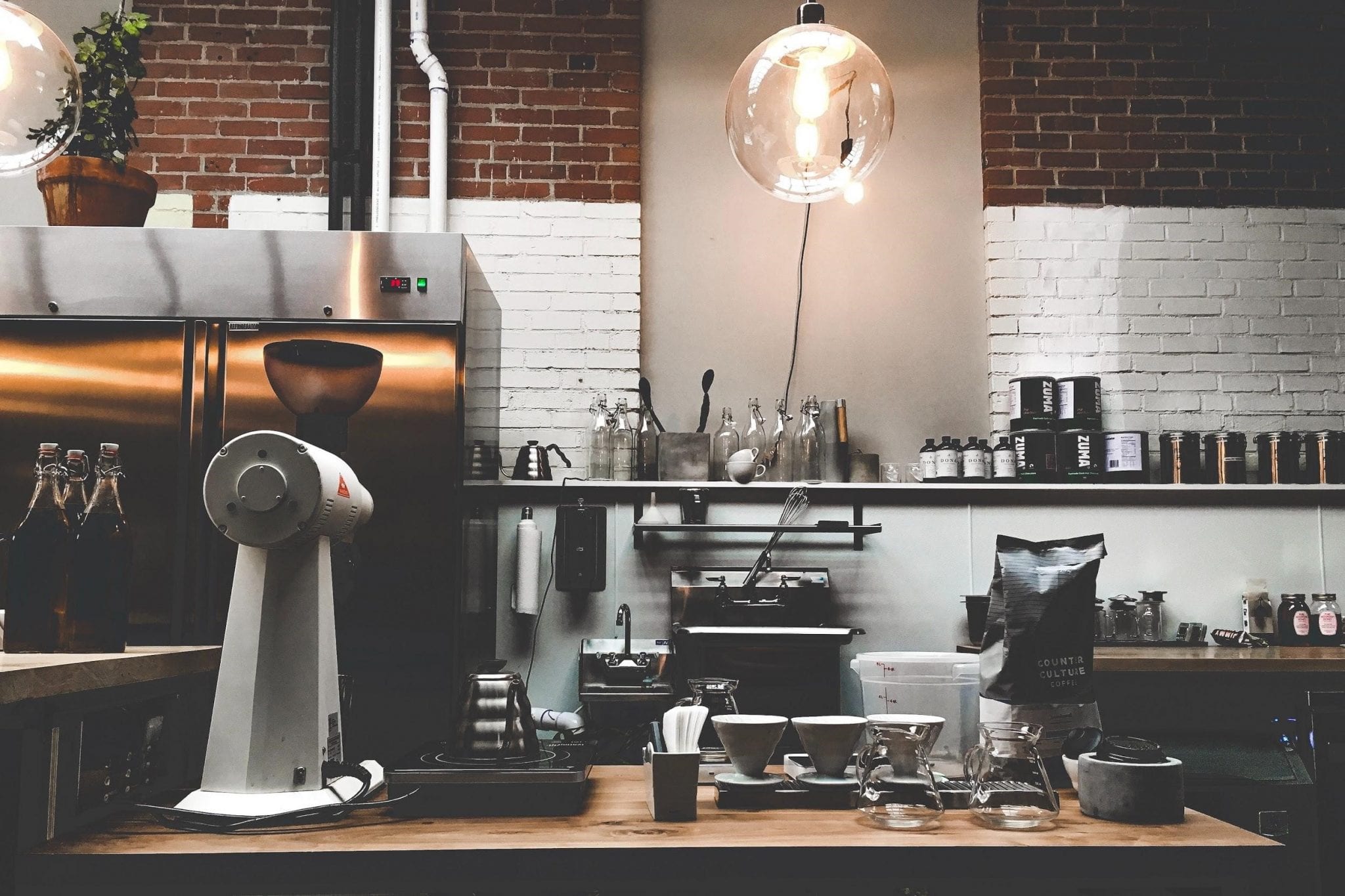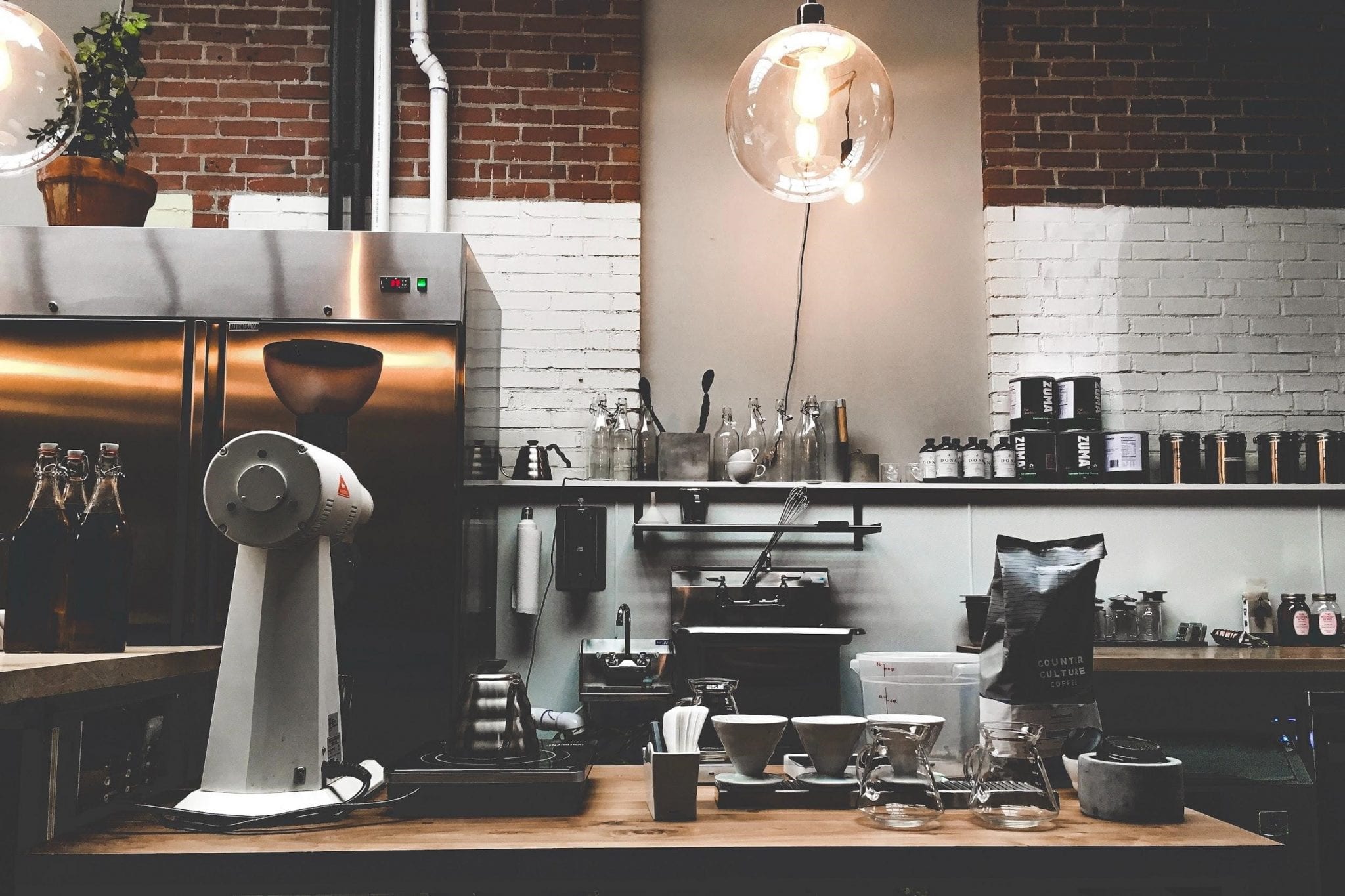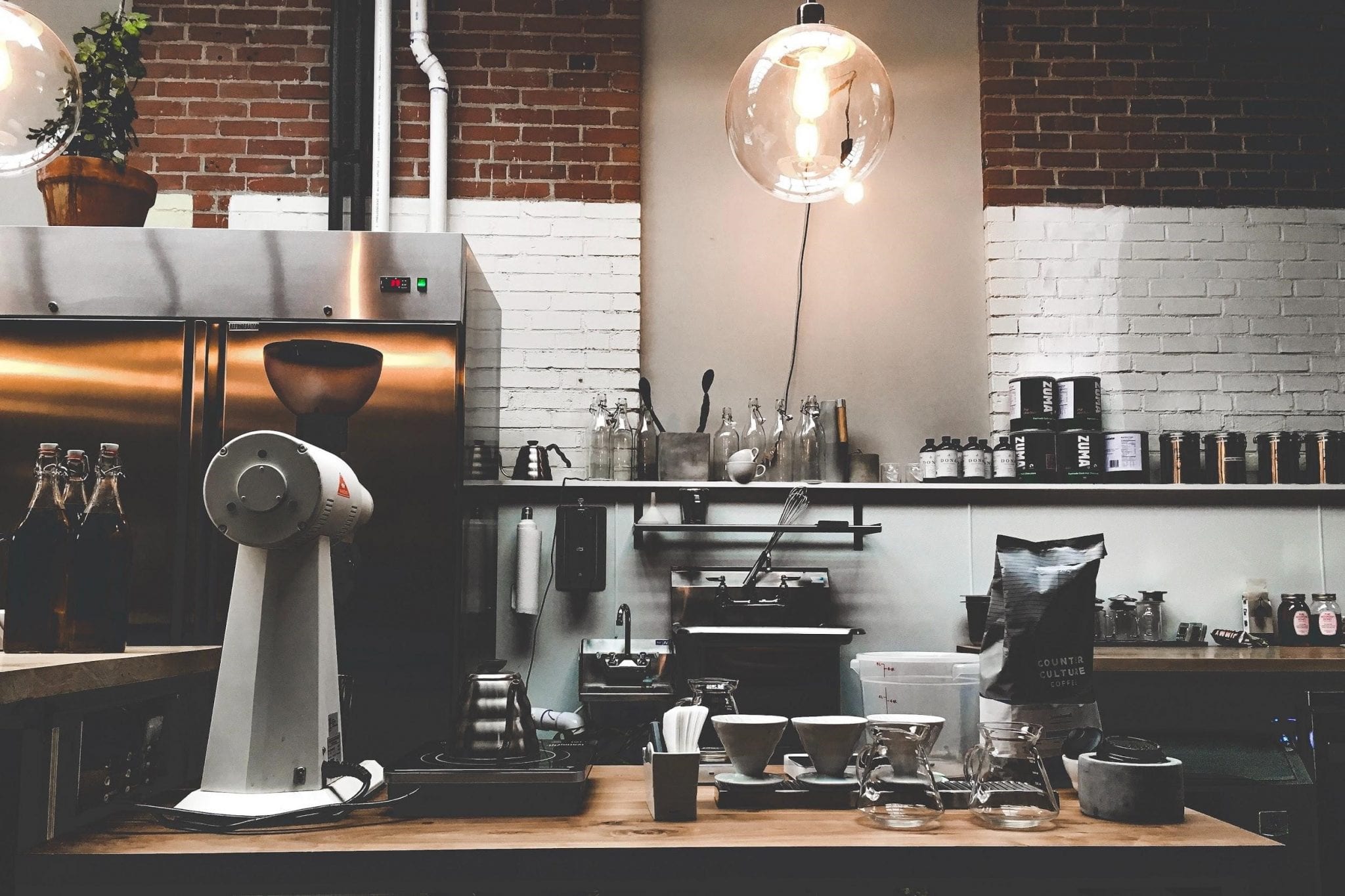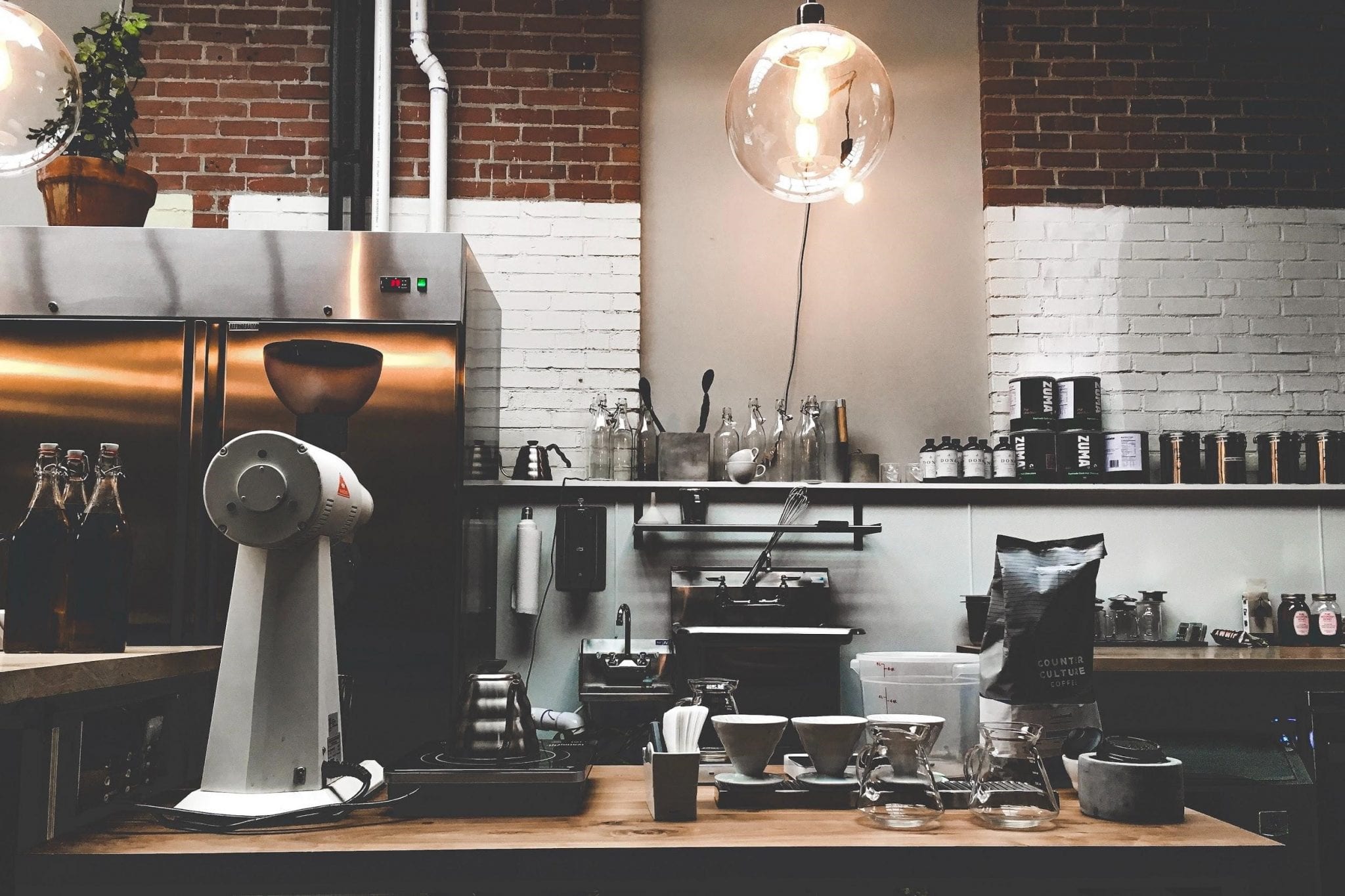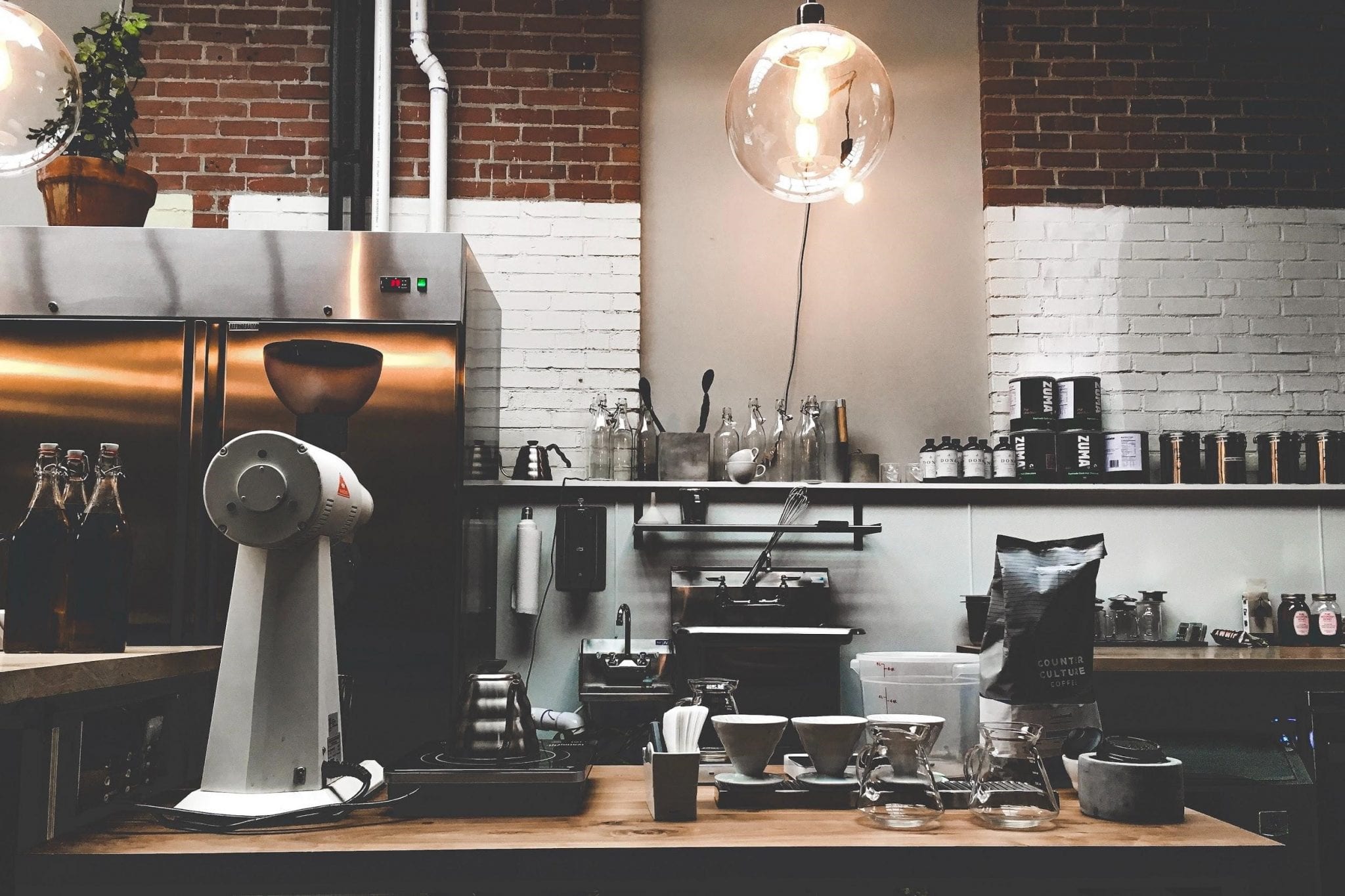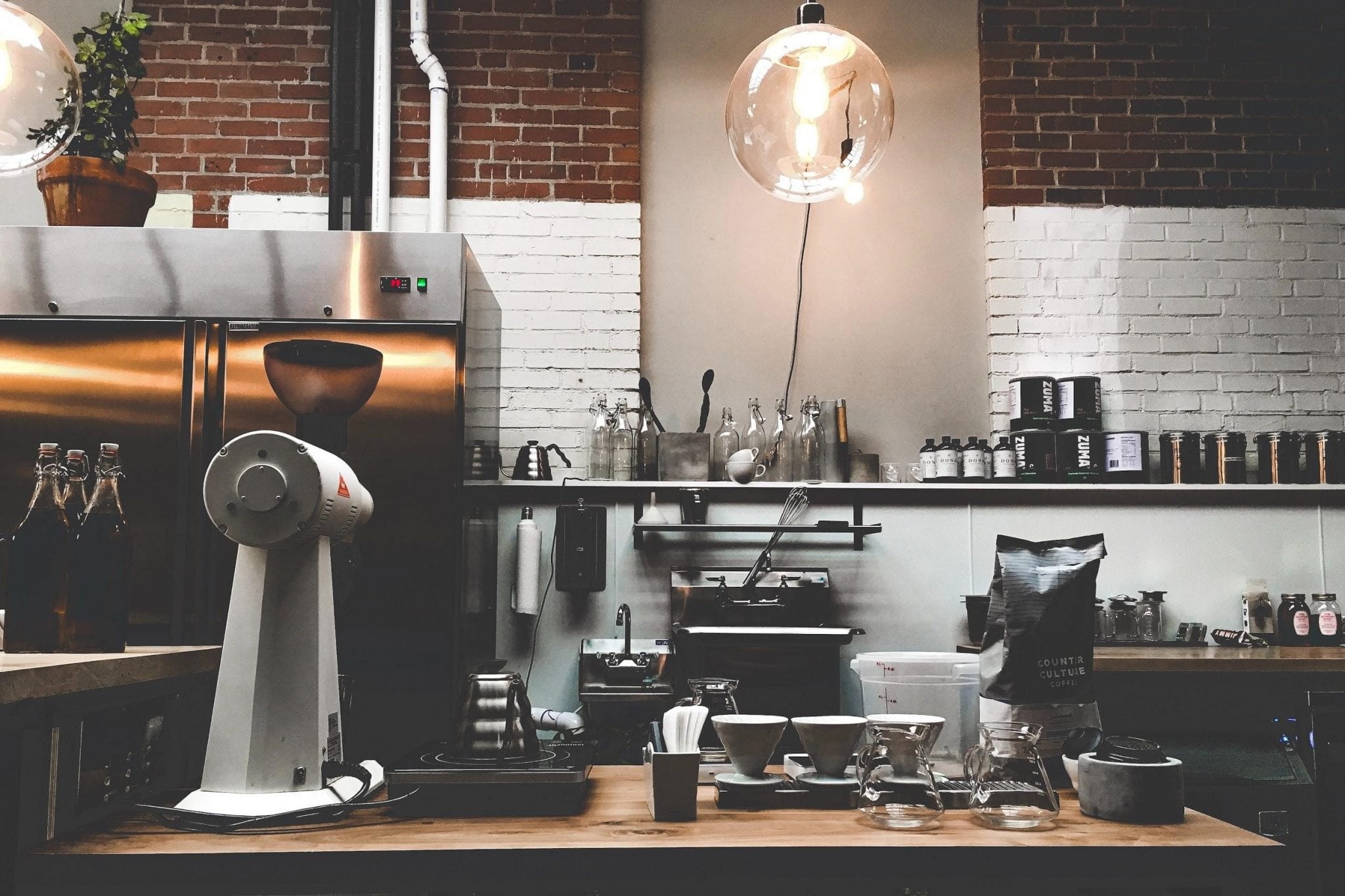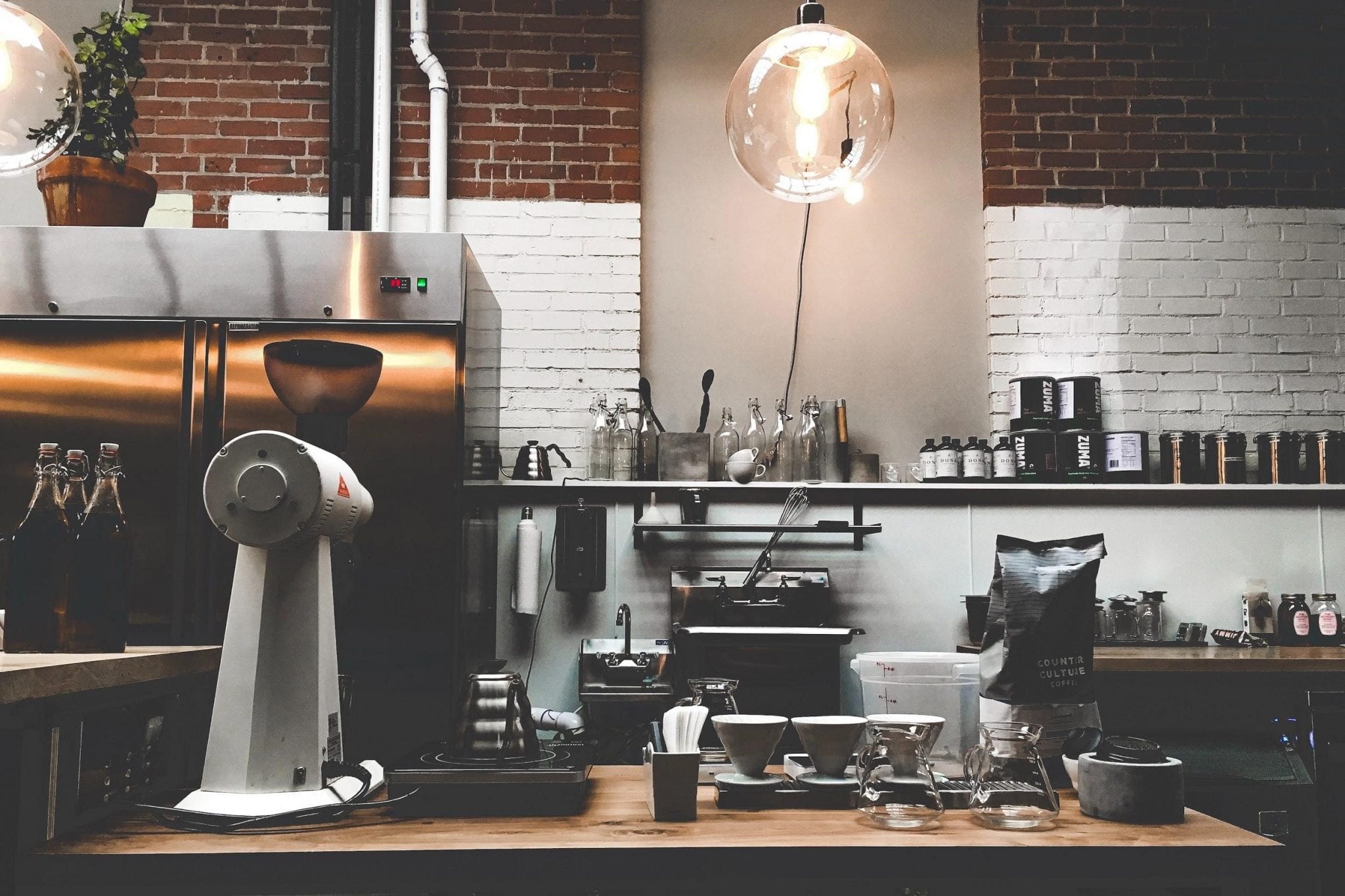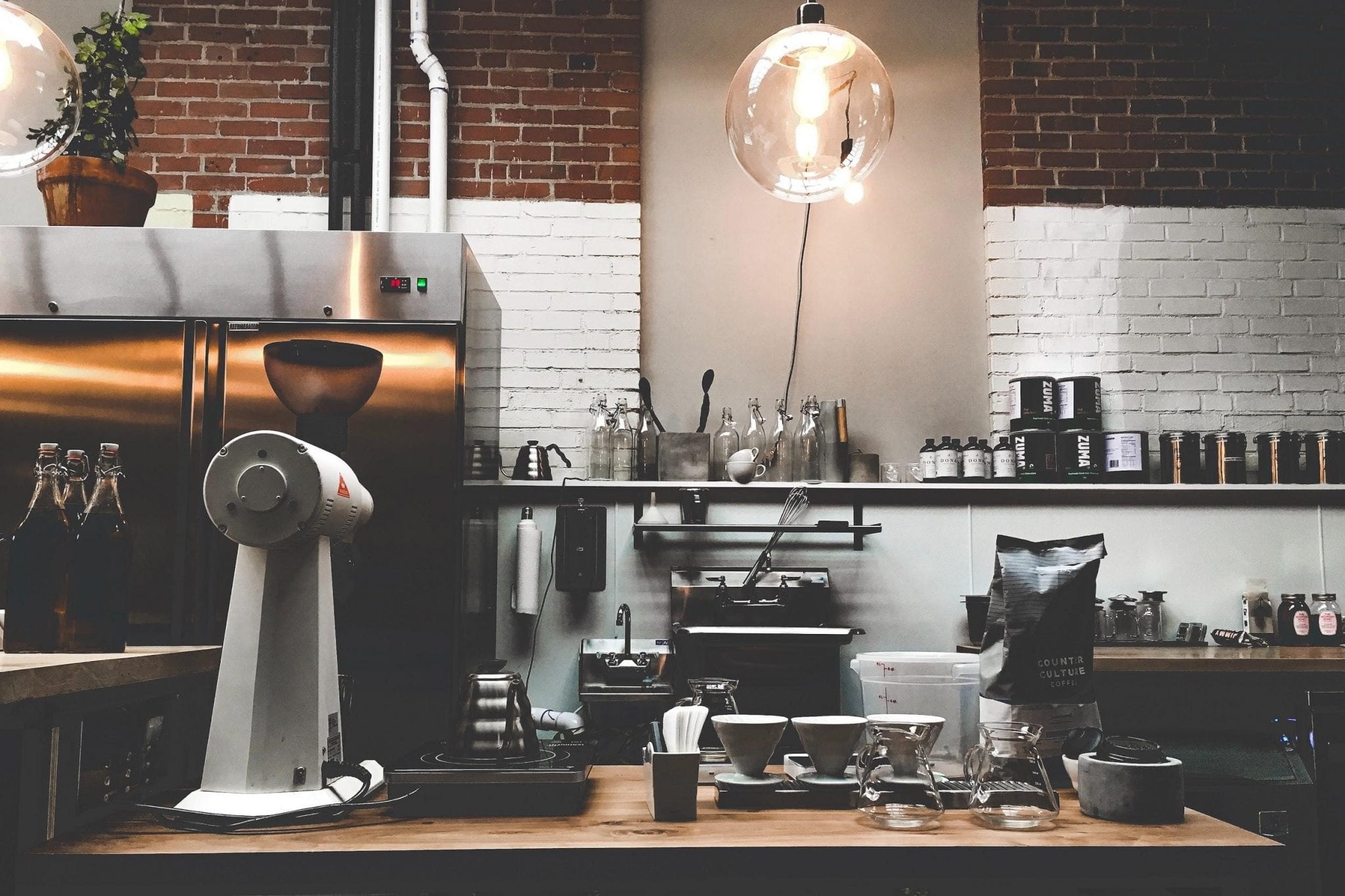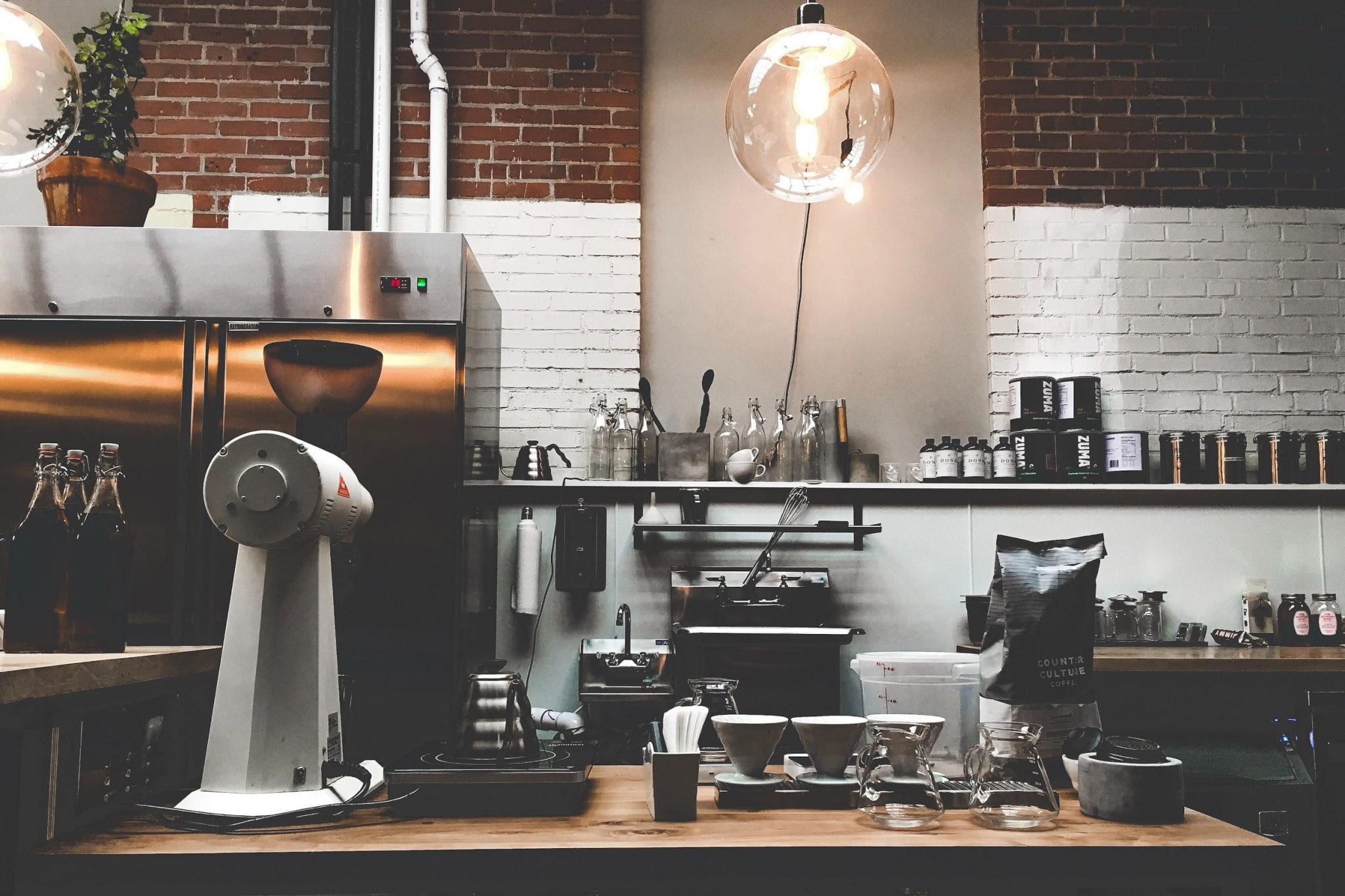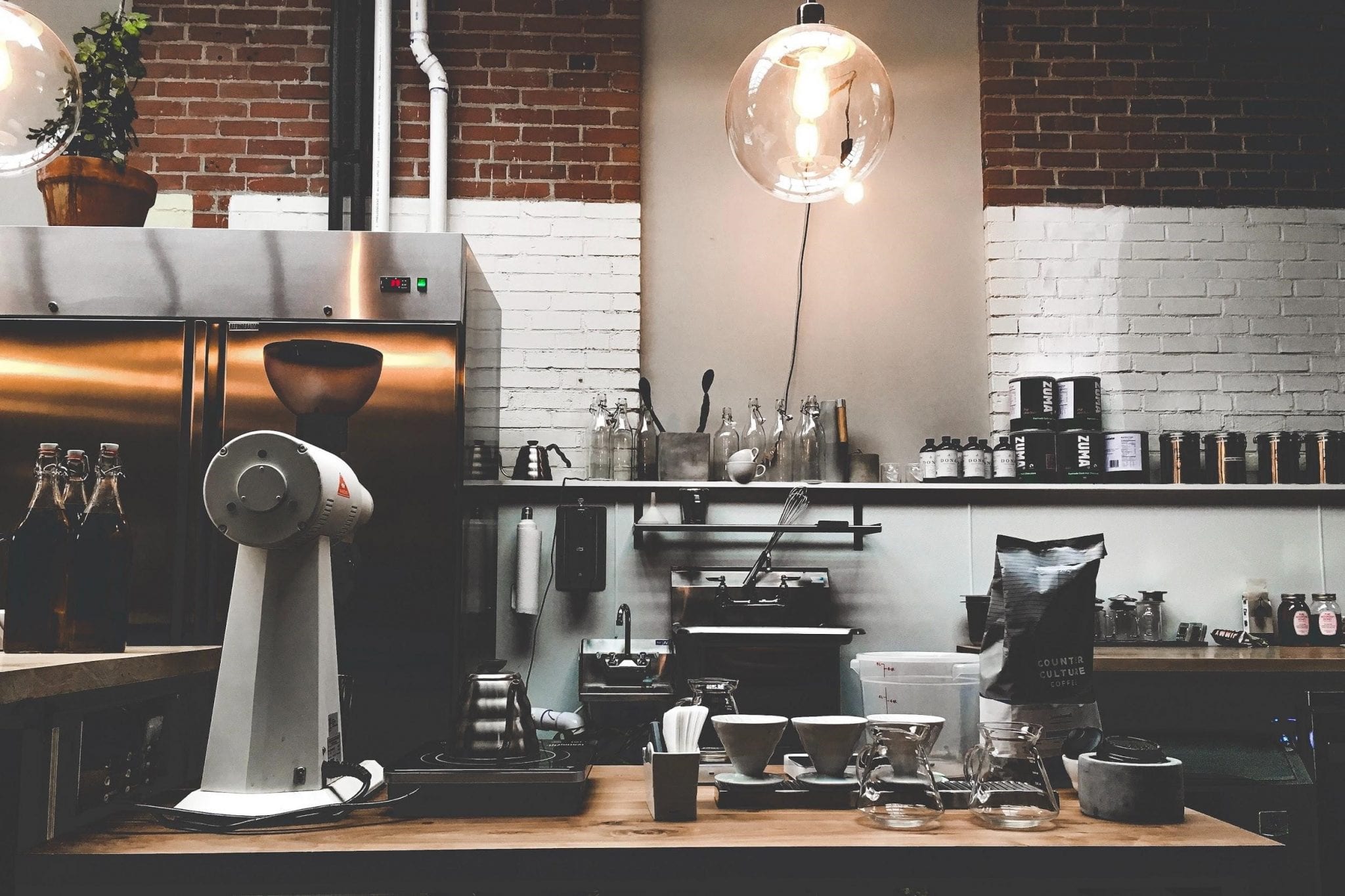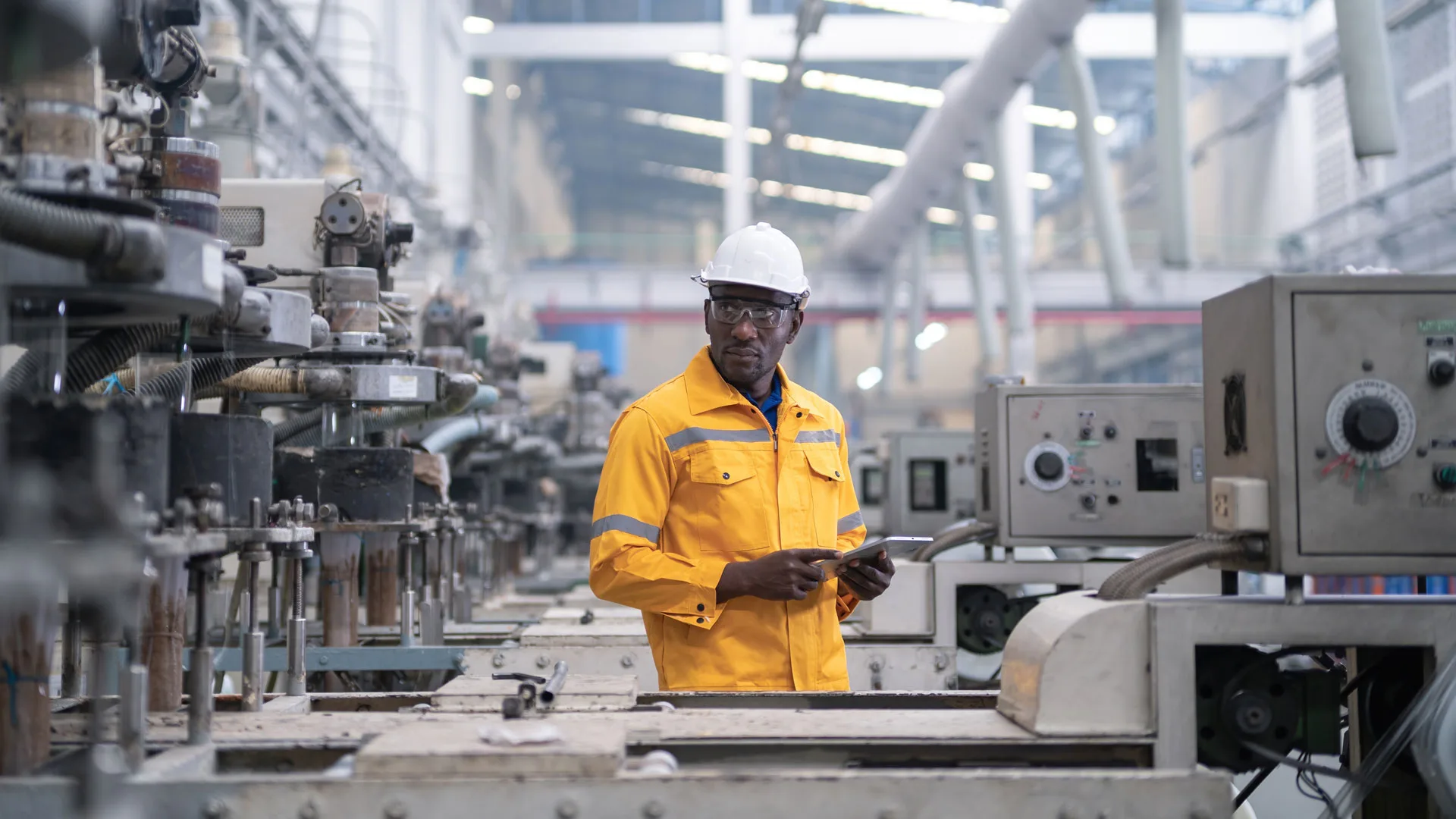Running a coffee shop involves constant interaction with customers in a bustling environment filled with hot beverages, food prepar…
Coffee Shop Seating Area Insurance: Protecting Your Customer Space
Coffee shops have evolved far beyond simple beverage service, with many establishments creating inviting seating areas that encourage customers to linger, work, and socialize. While these spaces drive revenue and build community, they also introduce specific insurance risks that require specialized coverage. Understanding coffee shop seating area insurance is crucial for protecting your business from the unique liabilities associated with customer spaces.
Understanding Coffee Shop Seating Area Risks
Coffee shop seating areas present distinct insurance challenges that differ from basic retail or food service operations. The combination of hot beverages, furniture, electronics, and diverse customer activities creates multiple risk scenarios that standard business insurance may not adequately address.
Physical Injury Risks
Seating areas expose coffee shops to various public liability scenarios. Customers may slip on spilled beverages, trip over furniture, or injure themselves on damaged seating. The layout of tables and chairs creates navigation challenges, particularly during busy periods when spaces become crowded. Burns from hot beverages are another significant concern, especially when customers are seated close together or when staff navigate between tables carrying hot drinks.
Property Damage Considerations
Customer seating areas contain valuable furniture, fixtures, and often electronic equipment like charging stations or entertainment systems. Accidental damage from customers, wear and tear from constant use, and theft of portable items all represent potential financial losses. The cost of replacing quality commercial furniture can be substantial, making adequate contents insurance essential.
Technology and Equipment Exposure
Modern coffee shops often provide WiFi, charging stations, and sometimes entertainment systems in seating areas. These technological amenities create additional insurance considerations, including equipment damage, cyber liability from public WiFi provision, and potential data protection issues if customer information is compromised.
Essential Insurance Coverage Types
Public Liability Insurance
Public liability insurance forms the foundation of seating area protection, covering claims from customers who suffer injury or property damage while using your seating area. This coverage extends to incidents involving hot beverages, furniture-related accidents, and slip-and-fall claims. The policy should provide adequate coverage limits to protect against potentially costly personal injury claims.
Contents Insurance
Seating area furniture, fixtures, and equipment require comprehensive contents insurance. This coverage should include tables, chairs, cushions, lighting fixtures, decorative items, and any electronic equipment provided for customer use. Consider whether your policy covers gradual deterioration, as seating area furniture experiences constant use and may require frequent replacement.
Business Interruption Insurance
If seating area damage forces temporary closure or reduces capacity, business interruption insurance helps maintain cash flow during repairs. This coverage is particularly important for coffee shops where seating area revenue represents a significant portion of total income. The policy should account for lost revenue from reduced seating capacity, not just complete closure scenarios.
Product Liability Insurance
While primarily covering food and beverage service, product liability insurance becomes relevant in seating areas when considering how products are consumed. Hot beverage spills in seating areas, allergic reactions, or food poisoning incidents that occur while customers are seated all fall under product liability coverage.
Cyber Liability Insurance
Coffee shops providing free WiFi in seating areas face cyber liability risks. If customer data is compromised through your network, or if your WiFi is used for illegal activities, cyber liability insurance provides protection. This coverage becomes increasingly important as customers expect reliable internet access in coffee shop seating areas.
Seating Configuration and Insurance Implications
Indoor Seating Areas
Traditional indoor seating presents standard furniture and fixture risks, but configuration matters for insurance purposes. Cramped layouts increase accident risks, while open designs may reduce claim frequency but potentially increase severity if incidents occur. Consider how seating arrangement affects emergency evacuation routes and accessibility compliance.
Outdoor Seating Areas
Outdoor seating introduces weather-related risks, including wind damage to umbrellas or furniture, rain damage to cushions or electronics, and seasonal wear. Insurance coverage should address weather-related damage and consider whether outdoor furniture requires separate coverage limits or specific policy endorsements.
Mixed-Use Spaces
Coffee shops that transform seating areas for evening events, meetings, or entertainment face additional insurance considerations. These activities may require separate coverage or policy endorsements, particularly if alcohol service is involved or if the space hosts third-party events.
Customer Behavior and Risk Management
Working Customers
Many coffee shops cater to customers who use seating areas as temporary offices. This creates risks related to valuable customer equipment, increased occupancy duration, and potential disputes over seating availability. Insurance should consider claims arising from customer property damage or theft while using your seating area.
Social Gatherings
Seating areas that accommodate groups present different risks than individual customer spaces. Larger gatherings may increase noise complaints, create crowding issues, or lead to disputes between customer groups. Consider how your insurance addresses incidents arising from customer interactions in your seating area.
Children and Families
Family-friendly seating areas require additional risk management considerations. Children may be more prone to accidents, create messes, or damage furniture through normal play behavior. Insurance coverage should adequately address claims involving minor customers and consider any special equipment or areas designed for children.
Seasonal Considerations
Peak Season Challenges
Busy periods increase seating area risks through higher customer volume, faster table turnover, and increased staff pressure. Insurance should provide adequate coverage for peak season claim frequency, and risk management practices should address busy period challenges.
Off-Season Adjustments
Slower periods may involve seating area reconfiguration, furniture storage, or reduced maintenance attention. Consider how seasonal changes affect insurance coverage and whether policy adjustments are needed for different operating models throughout the year.
Holiday and Event Periods
Special events or holiday decorations in seating areas create temporary risk increases. Insurance should cover damage to seasonal decorations and any increased liability from special event activities in seating areas.
Maintenance and Safety Protocols
Regular Inspection Requirements
Implementing regular seating area inspections helps prevent accidents and demonstrates due diligence for insurance purposes. Document furniture condition, identify potential hazards, and maintain records of maintenance activities. This documentation can be valuable if insurance claims arise.
Cleaning and Hygiene Standards
Seating area cleanliness affects both customer safety and insurance risk. Prompt spill cleanup, regular sanitization, and proper waste management reduce accident risks and demonstrate responsible business practices to insurers.
Staff Training Importance
Proper staff training in seating area safety, customer service, and emergency procedures reduces insurance risks. Train staff to identify hazards, respond to accidents, and maintain safe seating area conditions throughout operating hours.
Claims Prevention Strategies
Design Considerations
Thoughtful seating area design reduces insurance risks. Ensure adequate spacing between tables, provide clear walkways, use appropriate lighting, and select durable, safe furniture. Consider how design choices affect customer safety and insurance claim potential.
Customer Communication
Clear signage about hot beverages, wet floors, or other hazards helps prevent accidents. Establish policies for customer behavior in seating areas and communicate expectations clearly. This proactive approach can reduce claim frequency and severity.
Incident Response Procedures
Develop clear procedures for seating area incidents, including immediate response, documentation requirements, and insurance notification processes. Quick, appropriate responses to accidents can minimize claim costs and demonstrate professional handling of incidents.
Working with Insurance Providers
Coverage Assessment
Work with insurance providers who understand coffee shop operations and seating area risks. Ensure your policy adequately covers all seating area exposures, including furniture, equipment, liability, and business interruption scenarios specific to your operation.
Policy Review and Updates
Regularly review insurance coverage as your seating area evolves. Changes in furniture, layout, customer capacity, or operating model may require policy adjustments. Keep insurers informed of significant changes that could affect coverage or risk levels.
Claims Management
Establish good relationships with insurance providers and understand claims procedures specific to seating area incidents. Quick, accurate reporting and thorough documentation help ensure fair claim resolution and maintain good insurer relationships.
Cost Management and Value
Premium Optimization
Balance comprehensive coverage with cost management by implementing effective risk management practices. Demonstrate safety protocols, maintenance procedures, and staff training to insurers as evidence of reduced risk exposure.
Coverage Efficiency
Avoid over-insuring low-risk items while ensuring adequate protection for high-exposure areas. Work with insurance professionals to optimize coverage allocation across different seating area components and risk categories.
Long-term Planning
Consider how seating area insurance fits into overall business planning. Factor insurance costs into expansion decisions, renovation projects, and operational changes that affect seating area risks.
Coffee shop seating area insurance requires careful consideration of the unique risks associated with customer spaces. By understanding these exposures and implementing appropriate coverage, coffee shop owners can protect their businesses while creating welcoming environments that encourage customer loyalty and drive revenue growth.


 0330 127 2333
0330 127 2333
